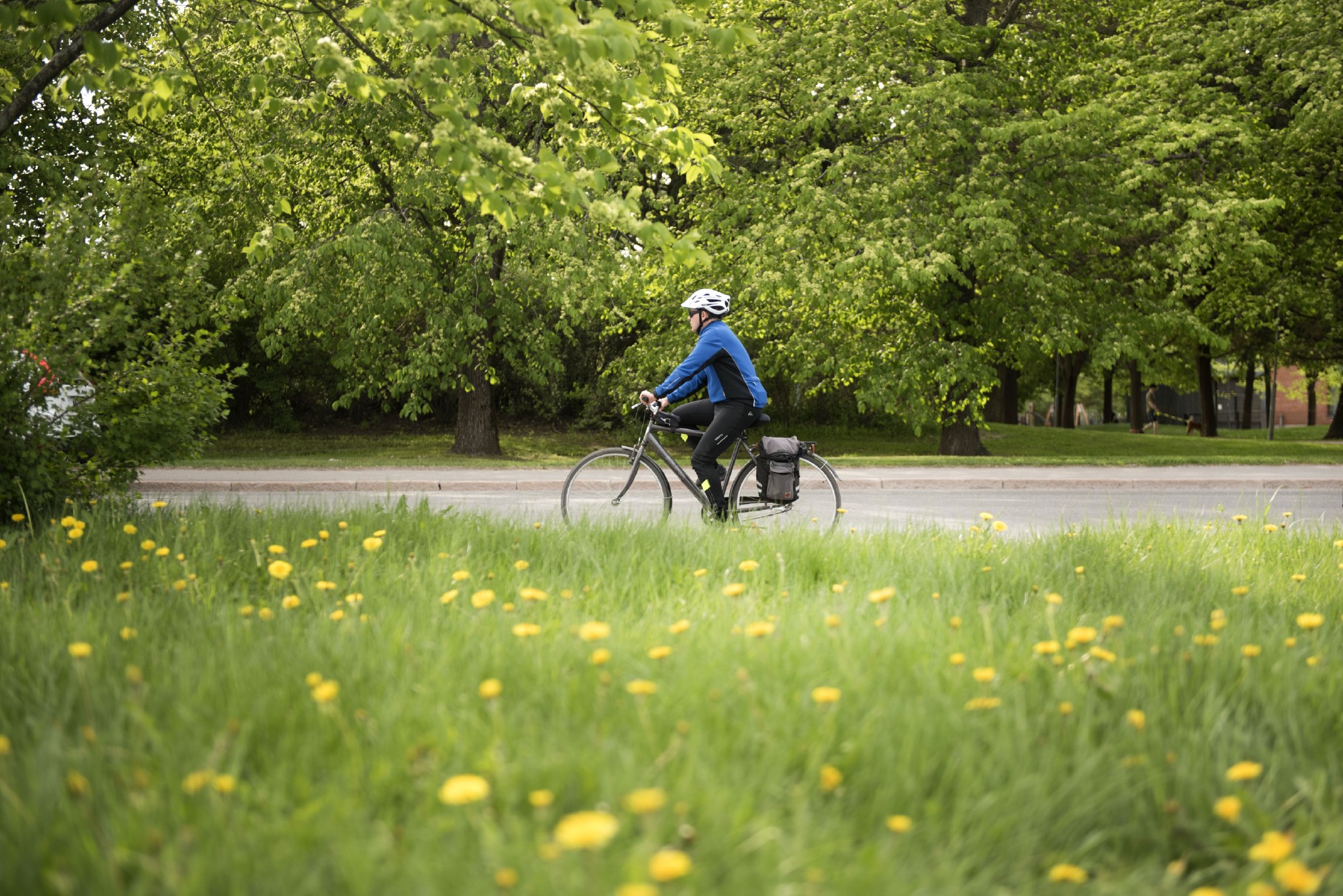“Between 2015 and 2019, the paving volumes of pedestrian and bicycle routes were around 50 kilometres. The state is now investing significantly more in new pavements for pedestrian and cycling routes,” says Maija Rekola, Transport System Specialist at the Finnish Transport Infrastructure Agency.
The highest volume of paving for pedestrian and bicycle routes in recent years was completed in 2020: a total distance of about 180 kilometers of new pavement was implemented during that year. Next year, the paving volumes will fall slightly, but will still remain at 130 kilometres. “It is good to keep in mind that in 2020, the price of bitumen, the main raw material for pavement, was significantly lower than now,” Rekola points out.
In addition to paving, the state will spend approximately EUR 30 million next year on the construction of new pedestrian and bicycle routes. A total of approximately 70 kilometers of new routes will be implemented. Municipal funding is also involved in the investments.
Of course, investing in cycling entails more than just constructing and paving routes. The existing routes must be kept in a good condition throughout the year. The Finnish Transport Infrastructure Agency and Ely Centres use approximately EUR 11 million a year on ensuring proper conditions for the daily use of the state-owned pedestrian and cycling routes. This sum covers, for example, the winter maintenance of the entire national pedestrian and cycling network.
“It is refreshing to notice that people's interest in cycling even in the winter has increased during the pandemic. The attractiveness of cycling depends largely on winter maintenance, which we are constantly developing,” says Rekola.
One example of developing maintenance is the piloting of new methods. In Lieto, brushing combined with gritting is piloted as a new method. The conditions for winter cycling have also been improved by implementing routes called quality corridors for walking and cycling. The number of quality corridors has doubled in a year – and the positive trend continues. Currently, there are about 65 kilometres of quality corridors covered by winter maintenance. By October 2022, the network will already span approximately 115 kilometres.
Quality corridors can be found, for example, in the area covered by the main cycling route contract in the Oulu region. This project has received a lot of praise from cyclists in the area. The winter cycling culture in Oulu has even drawn international attention: how is it possible to have such a mass of winter cyclists in the cold and snowy north?
“We believe that, among other things, better winter maintenance can encourage people to get on a bike. The growing popularity of cycling, in turn, has a positive impact on the achievement of climate goals and human health,” says Rekola.

